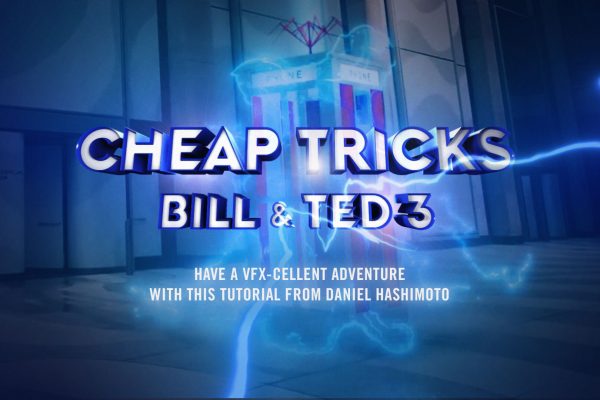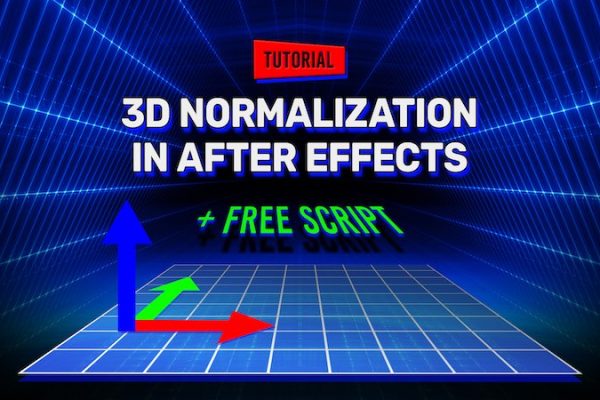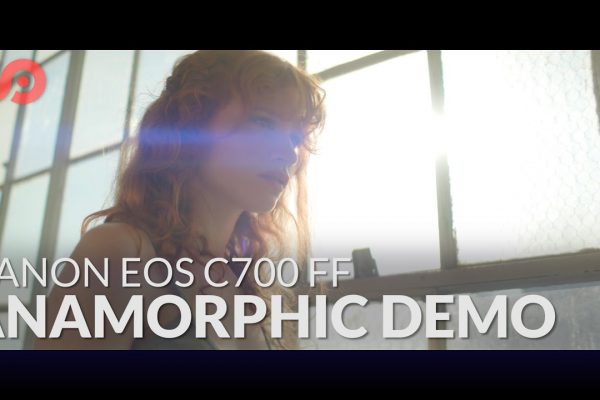Camera Angles and Exposure – or, Don’t Get Cute
By: David Fedirchuk – AFTRS Open Program Manager, Industry

A long time ago I had an incredible high school teacher in Ottawa named Mr Zamparo who taught Film Studies – the first class I was truly interested in. One day Mr Zamparo challenged us by saying that every film – every frame of every film, in fact – had a point of view. He illustrated this by showing a clip from one of the earliest movies ever shot, the Lumière Brothers’ 1895 crowd favourite L’arrivée d’un train en gare de La Ciotat (The Arrival of a Train at La Ciotat Station).
He argued that this was by no means just some rough and banal footage of a train. It had a distinct point of view and the placement and angle of the camera was deliberate. Of course I argued that he was (literally) seeing too much, and that back at the birth of cinema just getting a camera and an image would have been 99 per cent of the task – no one would have even considered camera angle. As with most opinions in my teenage years, I was wrong.
The Lumière Brothers wanted to have an impact on their audiences, and wanted them to pass on the incredible experience of seeing – and paying for – moving pictures. They placed the camera very close to the edge of the platform and angled it straight and level with the front of the train. This did two key things to make this film so memorable. As far as the audience was concerned, the train was heading right for them and urban myth has it they screamed and jumped out of their seats. The chosen camera angle also allowed very clear establishing, mid and close up shots of the train.
Low Angle
Placing the camera on a low angle can serve more than a few purposes. At its most obvious, it can emphasise the size of a character and portray dominance or a larger than life, intimidating atmosphere. Next time you’re watching Ferris Bueller’s Day Off (John Hughes, 1986) have a look at the camera angles on the dean of students, Edward R Rooney. He’s almost always shot from a low angle, below the frame, and it adds to the tension – plus we can see up his nose, adding to our unease.
Another example of a strong use of a low angle is in Pulp Fiction (Quentin Tarantino, 1994), when Vincent Vega and Jules Winnfield go to the boot of the car for their guns. We’re more than eavesdropping on these two dangerous characters – we’re practically a part of the set.
Low angle shots have also been used by some of the best directors to show the opposite. Some of Paul Newman’s lowest points in The Verdict (Sidney Lumet, 1982) are shot with the camera on the floor looking up, while he is at his desk looking pathetic and lost.
High Angle
High angles are another useful tool for a creative director with a captive audience and a great script. The obvious result is to portray a character as insignificant, or outmatched either physically or figuratively. In Back To The Future (Robert Zemeckis, 1985), the impending danger of the diner confrontation with Biff is emphasised by shooting down on Marty McFly. This also adds to the stakes of the chase scene that follows.
A high angle can also be used as extremely effective establishing shot as in the sweeping views of Boston in The Town (Ben Affleck, 2010) and the fantastic title sequence of Up In The Air (Jason Reitman, 2009). Often referred to as a bird’s eye or aerial shot, this is also a very effective way to show crowds in both documentaries and disaster films.
A relatively uncommon use of the high angle is the famous shot of Andy Dufresne after his escape in The Shawshank Redemption (Frank Darabount, 1994) with arms outstretched, Christ-like, in the driving rain. While this goes against the normal conventions of the high angle, it represents the character’s rebirth. What a shot – what a film!
Dutch Angle
The last word on angles should probably be the ‘Dutch’ angle (also known as ‘Chinese’ or ‘oblique’ according to Mr Zamparo). Do The Right Thing (Spike Lee, 1989) is chock full of these with my personal favourites being the spontaneous neighborhood conversations struck up with Mookie, the film’s protagonist. They’re almost all shot at a low angle but they’re also tilted by about 45 degrees. Lee has been quoted as saying these created an “aura of uneasiness” as the tension builds throughout the hottest day of the summer. Also check Apocalypse Now (Francis Ford Coppola, 1979) and the classic Batman TV series of the 1960s for a master class in the use of the Dutch angle – with very different results.
Exposure
Exposure is basically the amount of light entering the camera – think in terms of bright and dark. Exposure is a very complex and technical part of the cinematographer’s job and something that should be studied with practical exercises but for the purposes of this introductory tutorial, keep your cameras on Auto and read on.
There may be times where you need to purposely under expose something, perhaps an anonymous speaker in a documentary who will only be seen as a silhouette (put all your lights behind them), or in the rare occurrence of shooting day for night, a technique known as nuit américaine (‘American night’). This is outdated in my opinion, and rarely succeeds (see the ‘night’ surfing scenes in Point Break (Kathryn Bigelow, 1991) for instance – yuck).
But deciding on the bright and dark in your frame is an important part of how you control your information and one of the keys to storytelling. What do you want to emphasise, and what do you literally want to keep in the dark? Have a good long look at Gregg Toland’s choices in Citizen Kane (Orson Welles, 1941) and you’ll be a better filmmaker for it.
Whatever camera angles and exposure you decide on, stick to your guns and tell the story you want to tell. However, as a cinematography teacher once told me – just don’t get cute with it. What he meant was critical: don’t use any of these techniques for their own sake. Do you really need to use that $29 reworked fishing pole that can replicate a $50,000 cinema crane shot, or cut a hole in your floorboards to get a different angle on a fight scene? Stay true to the script and make sure that every element serves the story.
Next time, we’ll look a Lenses and Coverage, or, ‘Shoot the Dialogue First’.
About the author:
In the winter of 1985 my mother bought me a pre-loved Ricoh 800Z Super 8 camera with a roll of Kodachrome 64 film, and thus began the hit-and-miss, trial-and-error adventures shared by anyone who’s tried to capture moving images. I volunteered primarily in the camera department when I was in film school, and many years later when my production company was operating I shot hundreds of hours of footage for client work. When things got serious and I was lucky enough to get a couple of projects commissioned and on television, I ended up – mostly out of necessity – focusing on writing and producing. Saying that, I love to shoot, and I remember some of the best advice – the stuff that really stuck with me over the years – was of a not-so-highbrow nature. I hope the key messages in this series of Fundamentals articles stick with you too.
Current short-courses available for registration at AFTRS OPEN are listed here: videoandfilmmaker.com/aftrs-open/








